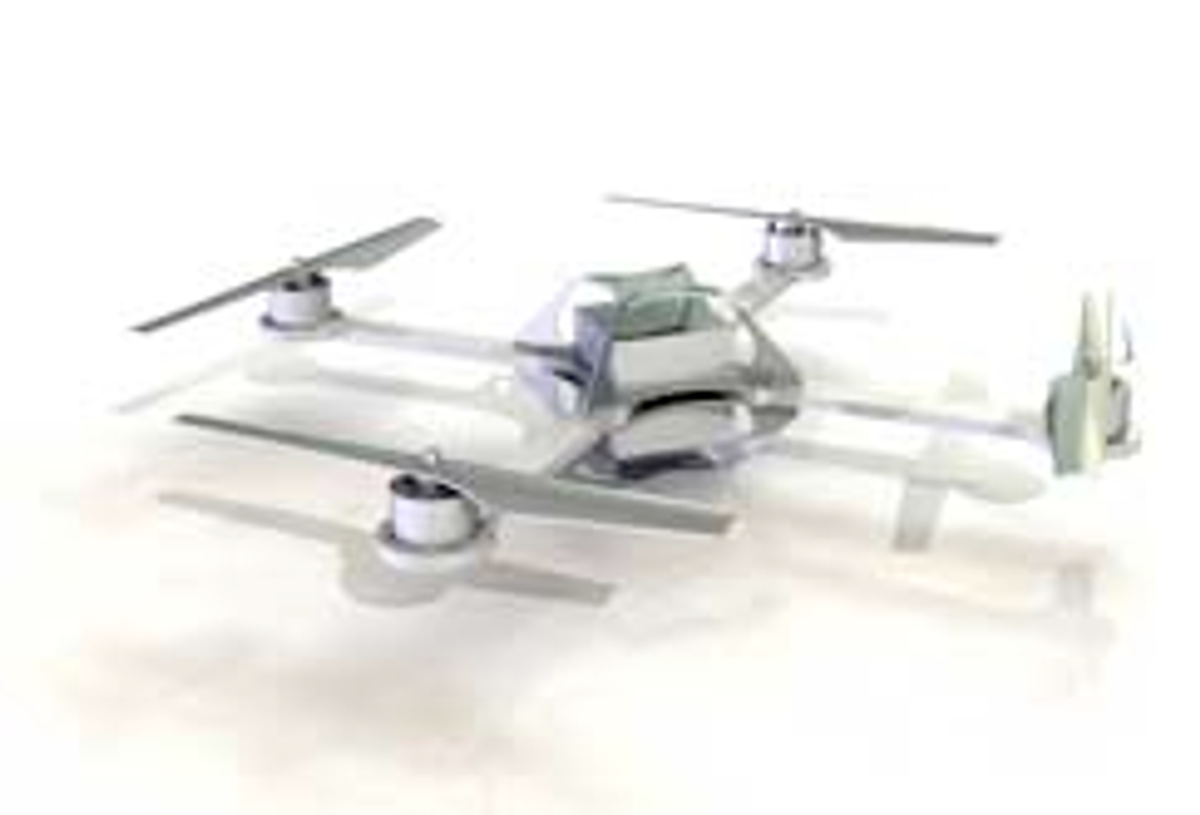Are they called quadrocopters or quadrotors?
Raffaello D'Andrea and his group at ETH Zurich are building a bunch of these amazing flying machines, which they plan to transform into an autonomous stunt flying squad. So far the vehicles can fly in circles and perform audacious flips, but the researches want more for their repertoire: they're designing control algorithms to make a dozen or more quadrocopters guide themselves into complex, acrobatic flight formations.
The trick involves more than just the flying robots. The machines are designed to fly within a special sensor-equipped environment where they'll "teach themselves -- and each other -- how to fly." The researchers call their airspace the Flying Machine Arena. The video above shows how users will be able to control the vehicles by moving a "magic wand" -- the controller has markers and the arena's sensor system captures the gestures and sends control signals to the vehicles. From their site:
Human beings learn from experience: when we try something and fail, we try doing it a different way the next time around. And we are incredibly efficient at this process.
We are so adept, in fact, that when it comes to learning complex activities such as racing a car or playing a violin, we can easily outperform automated systems. This is why we use autopilot programs for the routine aspects of flying a plane (such as cruising, take-off and landing), but why we still need human pilots to handle unexpected events and emergencies.
We are currently developing algorithms that will narrow the learning gap between humans and machines, and enable flight systems to ‘learn’ the way humans do: through practice.
Rather than being programmed with detailed instructions, these flight systems will learn from experience. Like baby birds leaving the nest, they will be clumsy at first. Over time, however, they will become capable of sophisticated, coordinated maneuvers.
Unlike humans, these systems won’t make the same mistake twice. And, when networked, they have the added advantage of being able to learn from each other’s successes and failures. The result is an impressively steep learning curve!
Image: ETH Zurich
Erico Guizzo is the director of digital innovation at IEEE Spectrum, and cofounder of the IEEE Robots Guide, an award-winning interactive site about robotics. He oversees the operation, integration, and new feature development for all digital properties and platforms, including the Spectrum website, newsletters, CMS, editorial workflow systems, and analytics and AI tools. An IEEE Member, he is an electrical engineer by training and has a master’s degree in science writing from MIT.




